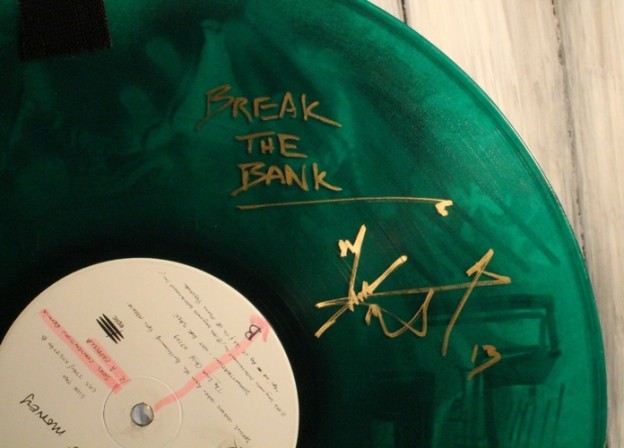By Marion Boddy-Evans
Most of the safety issues with art materials and in your art studio ought to be common sense, but of course what is sensible to one person is over cautious or careless to another. For me, safety and art materials comes down to one rule: “Art materials weren’t made for eating.”
Here are some basic safety tips for using art materials and at the bottom you’ll find links for more detailed guidelines. Know what you’re using and what precautions you need or want to take, and how to find non-toxic art materials if you only want to use those.
- Never put a brush with paint on it in your mouth, no matter how tempting it is to get a nice point on it. (You wouldn’t do it with a brush if you were using wall paint, so why do you think it’s safe because it’s artist’s paint?)
- Wash your hands thoroughly when you’ve finished painting.
- Don’t eat while you’re painting or have food in the studio. And don’t stand your cup of tea/coffee next to your jar of brush water. You’ll be surprised how easy it is to dunk a brush in the wrong container when you’re concentrating on painting.
- Ensure there’s decent ventilation in your studio, especially if you’re using solvents. Obey the warnings about ventilation on the labels on items such as cans of pastel fixative, spray varnish, and spray mount. (You don’t need to be a rocket scientist to realize that breathing in glue into your lungs is not a good idea.)
- Realise that your skin isn’t a protective barrier, minimize its exposure to art materials, and decide whether wearing disposable plastic gloves is something you want to do or not.
- Keep your art materials out of the reach of kids. Paint is paint to the average child, they won’t realize there’s a huge different between red paint formulated for use by kids and a tube of cadmium red. Or ensure you buy only non-toxic colors (the label should tell you).
- Keep solvents in their original containers that has the label of exactly what it is on it, and sealed when not in use. Store them away from heat and flames (and don’t let anyone light up a cigarette).
- If you use mineral spirits or turps, consider switching to odorless version. (Though this doesn’t mean you no longer need ventilation in your studio.)
- Don’t sweep up pastel dust, which will put it back into the air, use a vacuum cleaner with a decent filter and suction on it.
- Don’t dispose of paints or solvents down the sink. For starters, acrylic paint may clog up the pipes…

Leave a Reply
You must be logged in to post a comment.